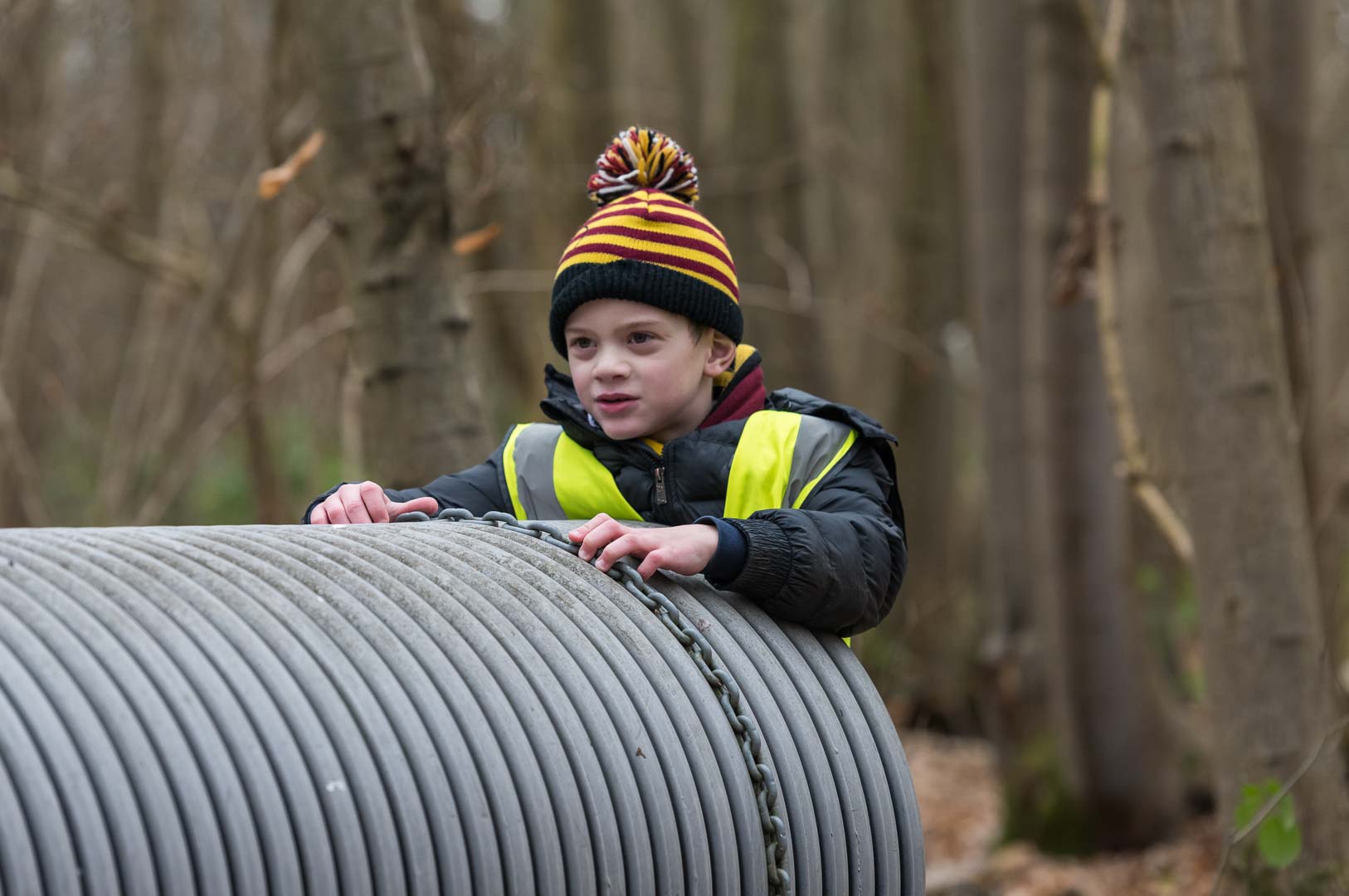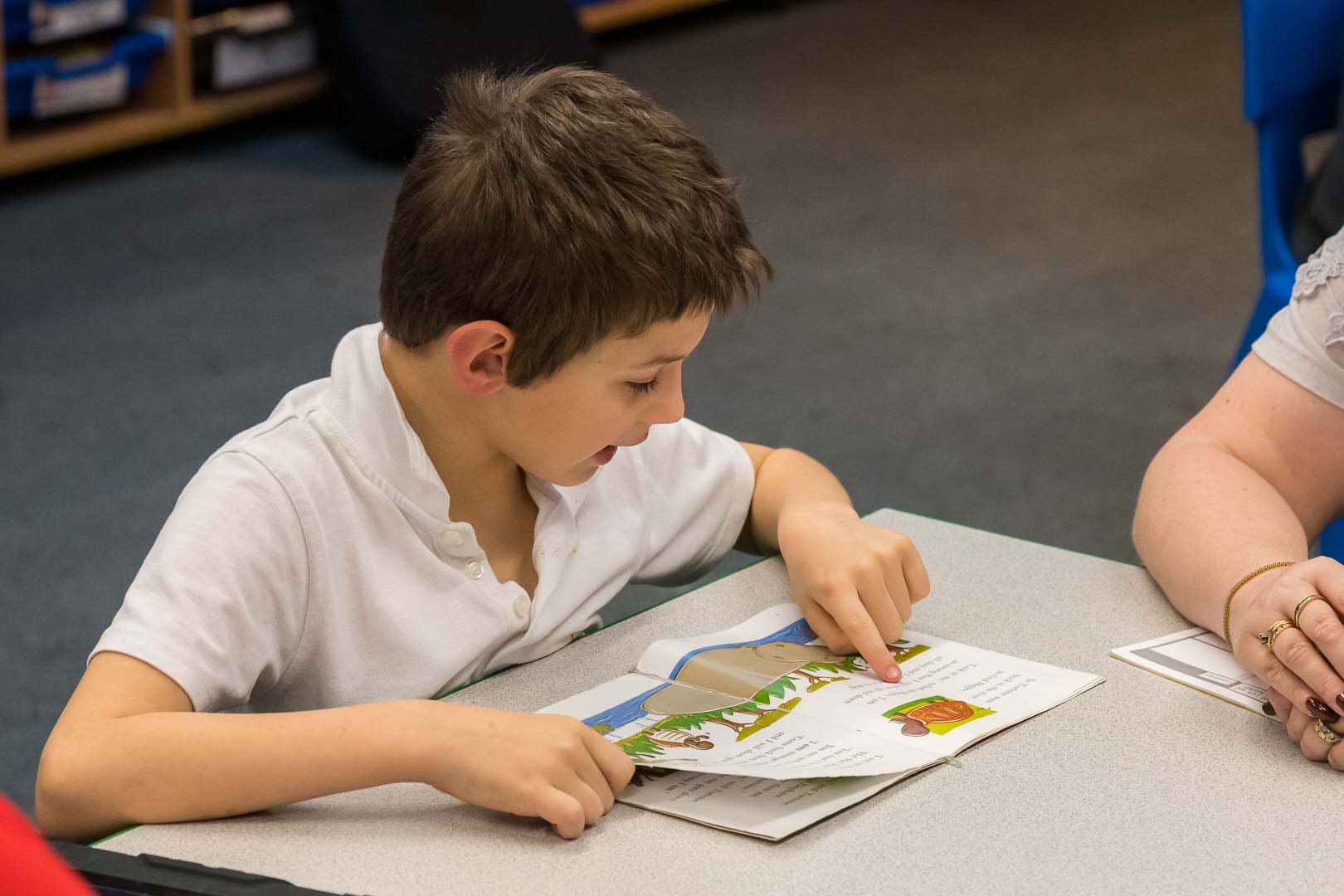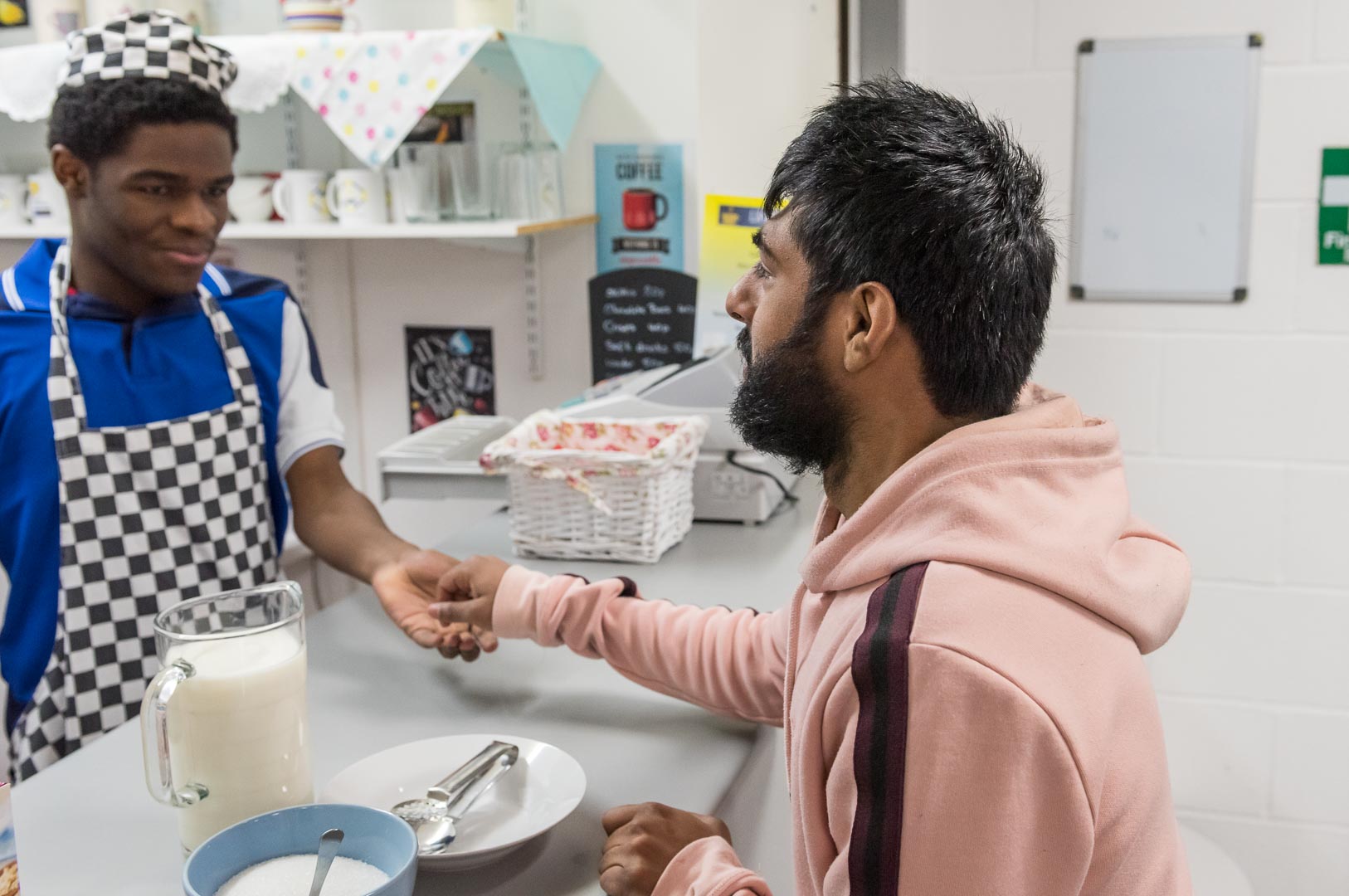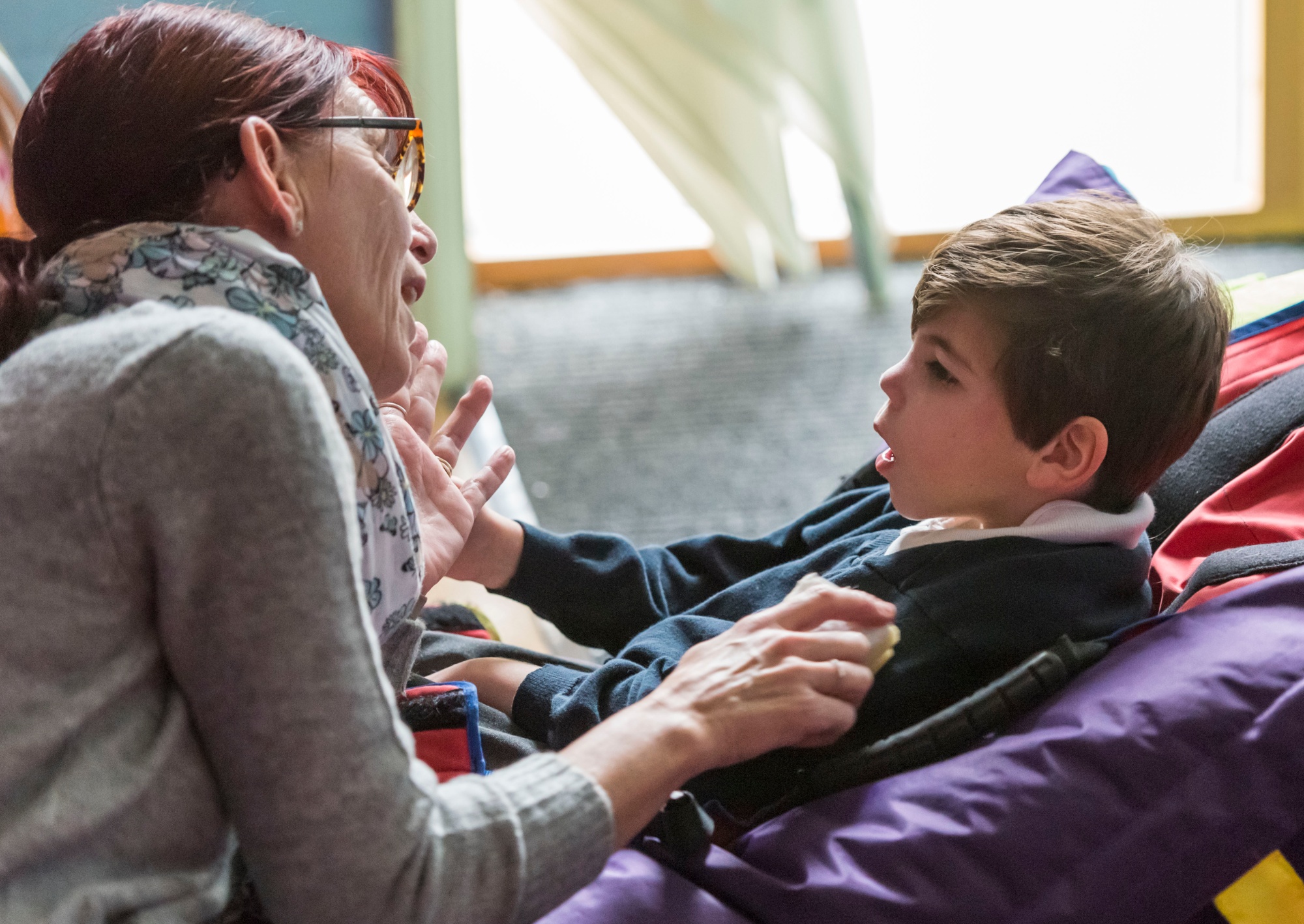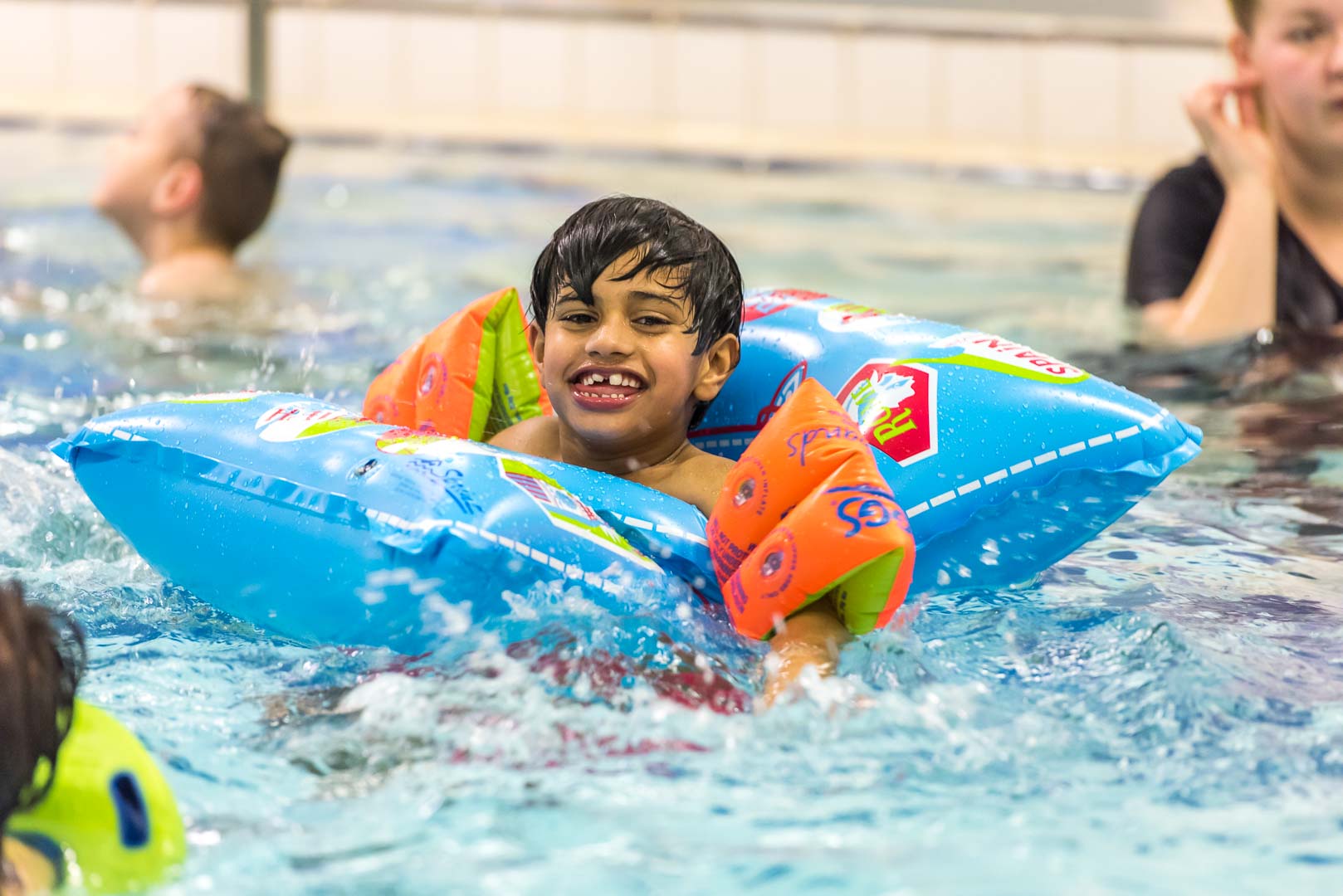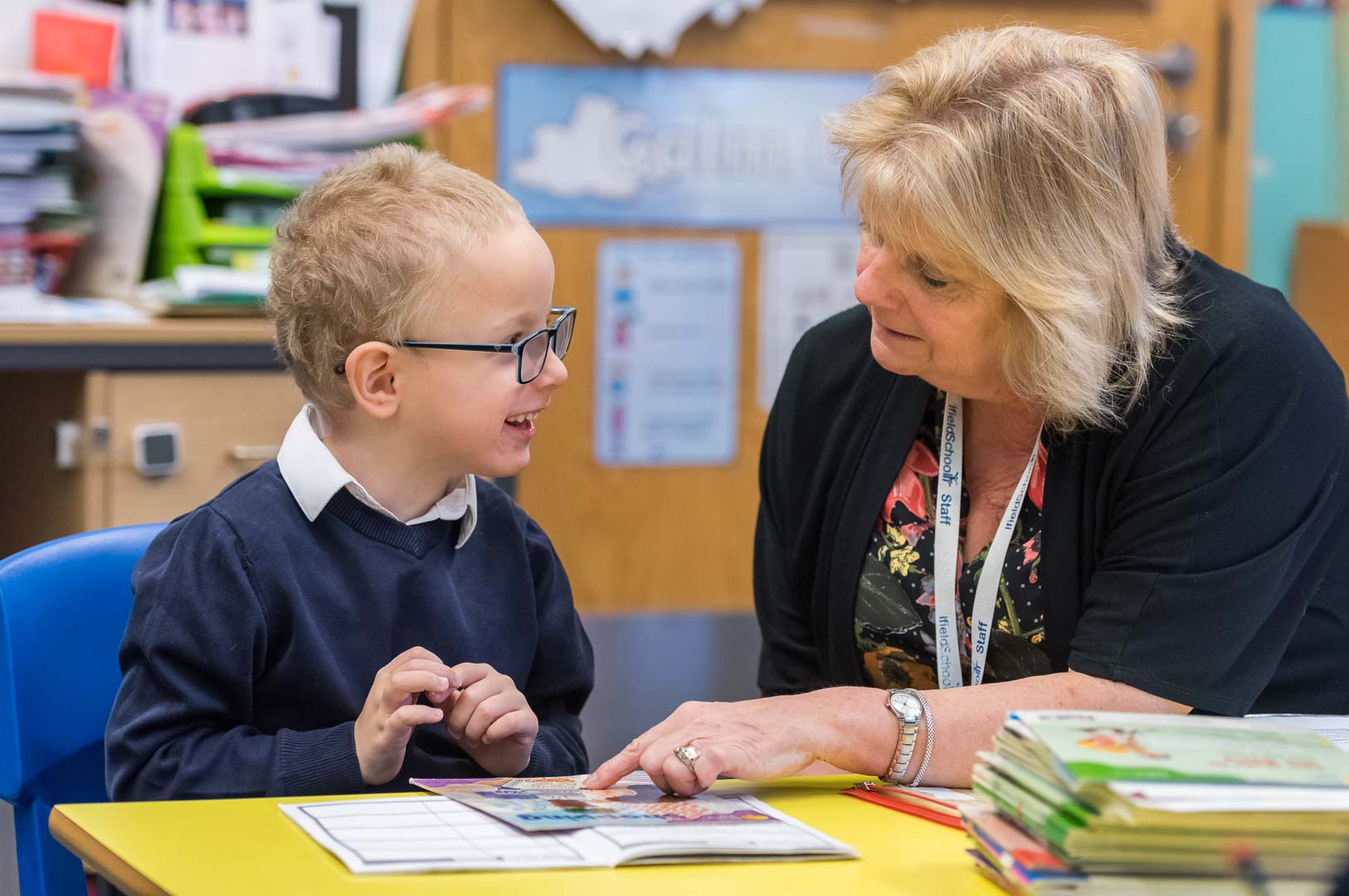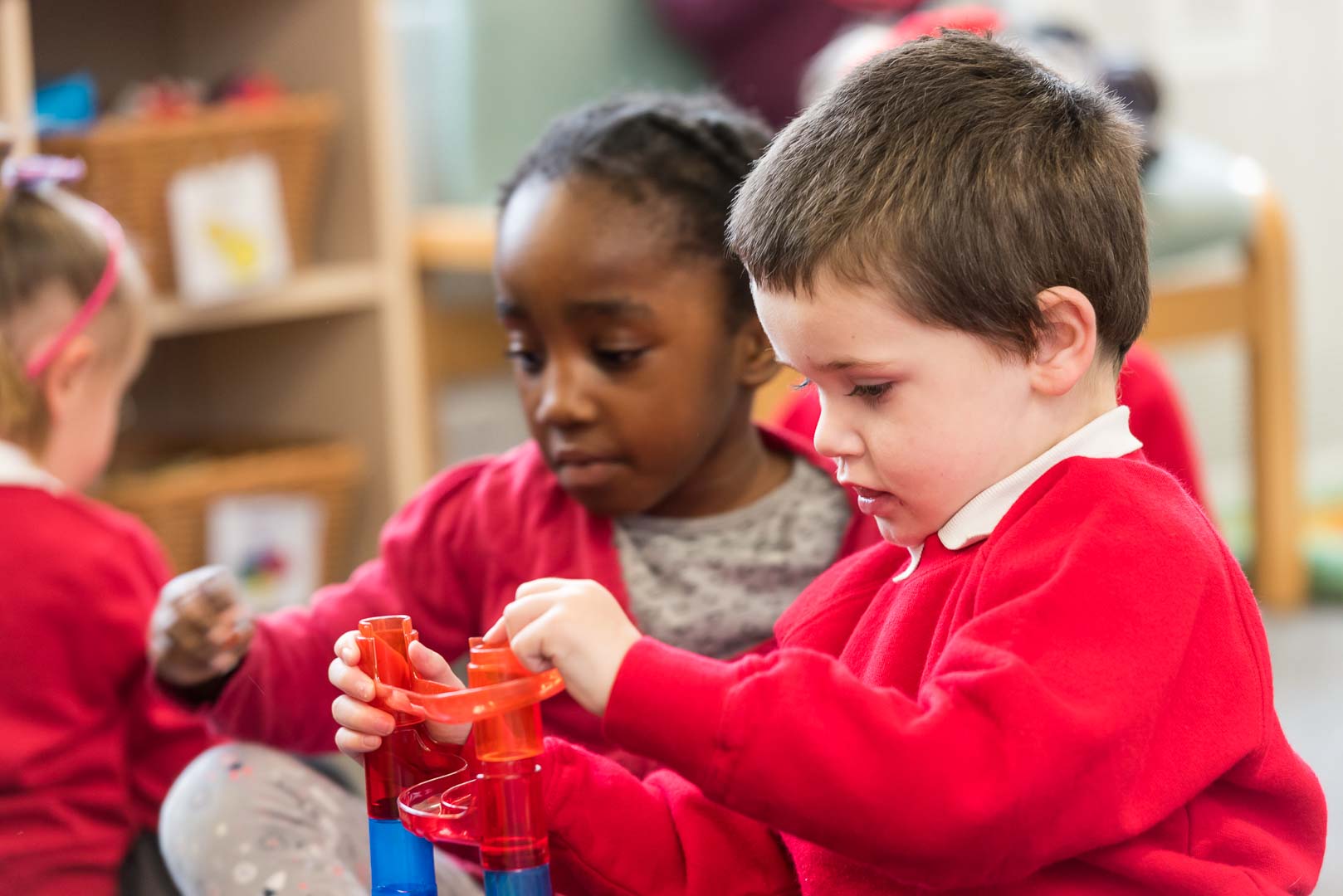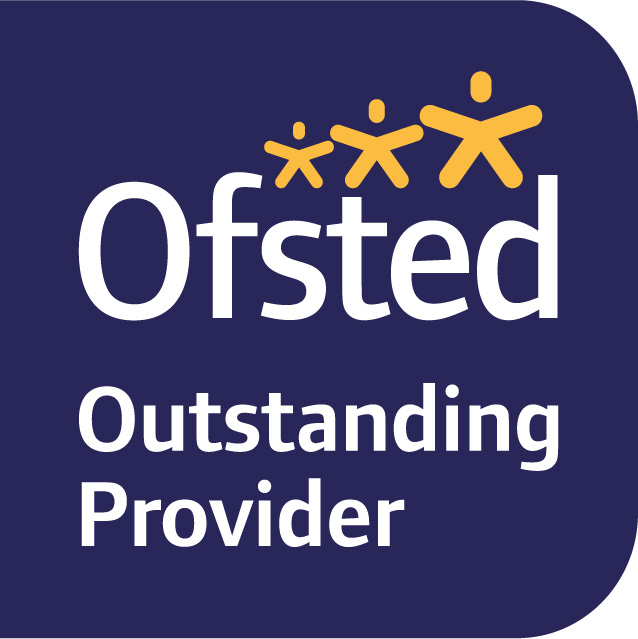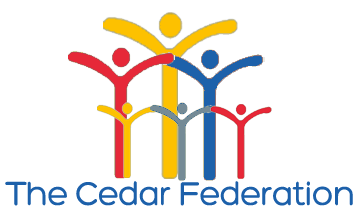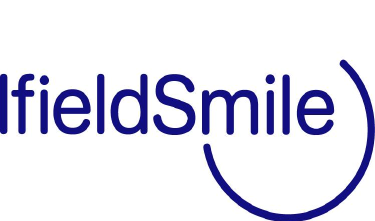Home Learning Tasks
Hazel, Maple, Oak and Cherry
Week beginning 4th May 2020
Below are some suggestions for home learning activities. Where possible the resources have been provided. We fully understand that you may not have all the resources at home to carry out every task.
Internet Safety
Please make sure your children are supervised when using the internet. The sources below have been checked internally at school. Please check them again before sharing with you children to ensure that your internet settings are blocking any undesirable content.
|
ENGLISH - READING |
|
We are learning to describe story characters
This week we’d like you to help your child get to know the story of Jack and the Beanstalk really well. There is a copy of it available on the website along with a variety of activity sheets to complete. If your child is not yet ready to listen to a whole story but enjoys music and watching cartoons, try the song version on YouTube by Debbie and Friends: https://www.youtube.com/watch?v=pf9cVnfyhjM
Activities:
Beginner- watch the song version and encourage joining in with some actions for the verbs (climbing, walking, chopping, slamming the door.) Easy- answer who questions about the story characters (Jack, the giant, Mum). Remember that questions can also be answered by pointing/touching or looking at the correct answer from two options. Medium – begin to describe the main characters of the story. Support your child by asking guiding questions such as ‘What colour is his hair?’, ‘What size is he?’ etc. Also try drawing and labelling Jack and the giant together. Harder – ask your child to tell you 5 things about Jack and the giant. If they get stuck try staring a sentence for them to complete such as, ‘His beard is…’. Have your child create a character profile by drawing a picture of their favourite character and writing a description – remind them to include some evidence from the story, for example Jack was brave because he climbed an enormous beanstalk up into the sky.
Also, please check out the other activities in Home Learning and you if have made the most of Twinkl’s free access for parents and carers have a go at the online interactive Jack and the Beanstalk activity by clicking the link below. https://www.twinkl.co.uk/go/resource/jack-and-the-beanstalk-interactive-word-search-tg-3
Please also continue to share books from home with your child. Also encourage them to look at words on packaging and on TV to help them be aware of the different uses for writing. Read street signs together if you are able to go out together for your daily exercise walk.
Remember, Oxford Owl website eBooks to see which ORT level your child can access. They should know which level they usually read at school.
|
|
ENGLISH - WRITING |
|
We are learning to plan what we will write Jack and the Beanstalk is a traditional story that most of us know very well, but… what might have happened if Jack planted a magic potato which grew very deep down to the ground where there lived a lava monster instead of a giant?
This week we would like you to help your child write their own version of Jack and the Beanstalk. Perhaps they would like to be the lead character and go on an adventure themselves? Don’t forget a good story takes planning, and it’s usually best to stick to your plan where you’ve decided which ideas are best before you begin.
If it’s too hard to for your child to write a story, you could write the key words for them to copy or trace such as Jack, Mum, giant, bean.
Activity Beginner – select from a range of options to change when planning your story using pictures (see visual support planner) Easy- as above but write some key words about what will happen in your story Harder- use your imagination instead of visual supports and plan to include a problem the main character will face and how it can be resolved.
Challenge: Once the plan is finished, please help your child write their story or record it for them if they need help. Please send your wonderful stories into school for your teacher to read and share with the pupils in school!
|
|
PHONICS |
|
We are learning how to hear sounds in words
Please continue working on letter sounds at home, some new links are included below:
Phase 1 – more listening to sounds in the environment https://www.youtube.com/watch?v=n1m4h79JZso
Phase 2 phonics – animations to help learn phase 2 sounds https://www.bbc.co.uk/bitesize/topics/zcqqtfr
Phase 3 Phonics – work your way through the phase 3 sounds and don’t forget the ‘tricky words’. https://www.bbc.co.uk/bitesize/topics/zvq9bdm
Activity:
Beginner- collect or make some noisy items (e.g. rattle, shaker made of dry rice/pasta in a cup covered with cling film, two spoons with a rubber band to hold them together, pet’s squeaky toy etc) and demonstrate the sounds they make. Hide them under a cloth and select one to make a noise with. Pull the cloth off, can your child pick up the correct item for the sound they heard?
Medium-harder: letter sound treasure hunt – write down a list of sounds at your child’s current level and send them off with a basket or bucket on a treasure hunt to bring you household objects beginning with or containing the given sound. Make it even more motivating by allowing your child to take pictures using a phone or iPad of the things they found.
|
|
HANDWRITING |
|
We are learning to form letters correctly
Keep encouraging your child to hold the pencil in a pincer grip, using a short ‘chubby’ pencil or marker is a good way to encourage this. Don’t forget that it’s much easier to use a marker than a pencil and easiest of all is a whiteboard and marker as not much pressure is required.
Don’t forget that mark-making can be encouraged in all sorts of exciting ways – fingers in shaving foam, brushes in trays of sand, chunky chalk on the driveway, large paintbrush and bucket of water outside on the concrete on a sunny day, paint pens on the window… get creative!
Some new handwriting activities have been added to the Home Learning. Please encourage your child to complete the sheets.
Activities
Beginner – tracing lines and circles, start big and decrease size once ready Easier- practice sitting letters and words on the line, remember not to lift your pencil when writing the letters a, b, h, m and n Harder – writing words with letter tails hanging beneath the line for g, j, p, q and y Challenge- cursive writing introduction
|
|
MATHS |
|
This week we would like you to support your child in learning about place value at home. If they are not yet ready, continue to working on understanding that numbers represent a physical amount.
If you happen to have paper straws at home you can use them to make into a resource for teaching place value. Cut one straw into 10 equal sized pieces to be your ‘ones’. Use a pen to draw evenly spaced rings around straws to show they are the equivalent of ten ones. Call them your ‘tens’. Glue ten tens straws together to make a ‘hundred’. Use your paper straw ‘dienes’ to demonstrate how many tens and ones a number has.
Beginner – We are showing the amount for the number with counters or marks
Encourage your child to place counters (beans/buttons/small figurines/socks…) beside a written number or draw lines or dots with a marker or paint - counting out loud as they make the correct number of marks. Begin with 1-3, extend to 5 then up to 10.
Easy- We are learning to show amounts beyond 10 using apparatus
Count out or draw amounts into a double tens frame. Count out and match 1-20. Complete the activity sheets: How Many Tens and Ones sheet, Place Value cut and stick activity and Place Value PowerPoint game with tens and ones.
Harder - We are learning to partition numbers into tens and ones
Play the Place Value PowerPoint game with tens and ones and complete the activity sheets: Tens and Ones Partitioning with numbers more than 10 and Part Part Whole Egg partitioning activity.
Challenge- We are learning to partition three-digit numbers into hundreds tens and ones
Go through the Hundreds Tens and Ones PowerPoint activity and then complete the Hundreds tens and ones partitioning activity sheet followed by the Place Value to 3 digits worksheet.
Extending Higher Ability Pupils
|
|
SCIENCE |
|
We are learning to observe closely using simple equipment
Activity To find out how plants and flowers transport water, create a rainbow of flowers by carefully placing the stems of white flowers (carnations are good for this) in water with food colouring in it. Watch what happens! Place flowers in different colours for a more exciting effect and make sure the food dye is not too watery. Also remember to be patient as your flowers will need some time to transform.
Challenge Can you explain in scientific language what is happening and why the flower might need to transport water? Take photographs of your creations. For an extra challenge try using white roses and splitting the stem into three or four different colours dipping each into a different pot of coloured water.
Alternative Activity We are learning to identify and classify
Go through the Parts of a Flower PowerPoint and then complete the Putting Together a Flower cut and stick activity. Afterwards, go into the garden to find some flowers to take apart carefully. Count the petals and leaves, compare sizes colours and patterns. Use scientific vocabulary to describe the different parts including stem, root, shoot, flower, head, bud, and leaf.
Challenge For higher ability pupils complete the Parts of a Flower worksheet. Most pupils will need support to sort the words and definitions.
|
|
PHSE |
|
We are learning to share and take turns
This week we would like you to help develop your child’s ability to wait, and allow others to have a turn of doing something they want to do themselves without interfering. These skills can be very hard for some children so please give them lots of praise for good waiting. If your child is at an early level of communication, please use their names followed ‘turn’ to help them understand expectations for example, ‘Harry’s turn’, ‘Mum’s turn’.
Activity
You can: Beginner- my turn, your turn with one adult for a simple activity such as holding a sensory toy, popping bubbles, choosing a small piece of fruit off a plate to eat during afternoon tea. Easy- as above but with three or more people, including a sibling. Gradually begin to extend how long they need to wait. Medium – take turns during a simple board game using dice. If you’d like to make your own there are some templates saved in this week’s PHSE folder Harder – as above, with one of the more complicated games. Also, introduce using a timer at home as encourage your child to watch the timer and not ask for what they want until the timer is done.
|
|
FOOD TECH |
|
We are learning how a food is produced
We buy most of our food at shops and supermarkets, but do you ever think about what has happened to foods before they are sold to us and what ingredients they contain?
Learn all about how ketchup is made using the PowerPoint in the Home Learning folder, view it as a slideshow and check if there are any pictures to click on. Click on the cute tomato pictures on the first page to watch some fun tomato songs to get you in the mood!
Activity After you have gone through the PowerPoint together, see if your child can complete the activity sheet to correctly sequence the steps of tomato ketchup production.
Challenge As a family try to make a product that you would normally buy – ketchup, ice cream, mayonnaise, jam... Don’t forget to think about where all of the ingredients came from. If you’re curious, you could do dome searching on YouTube to learn more about how our food products are made.
|
|
ART |
|
We are learning to improve our cutting skills
Please help your child develop their scissor skills at home this week. Begin by cutting straight lines, move on to cutting out simple shapes and then try the ultimate cutting challenge- a continuous curve!
Activity
To create a spiral beanstalk for Jack to climb:
A template is available in the art section for those that would rather just colour then cut. Remember to colour your beanstalk on both sides.
|
|
LIFE SKILLS |
|
We are learning how tools help us
People use tools to help them do things better or faster. What tools do you have around your house? Don’t forget that things like scissors, staplers, forks and pencil sharpeners are actually tools too!
Activities Help your child learn about the purpose of different tools around the house (of course avoid introducing them to anything that would be unsafe for them to have an increased interest in.) Once you have gathered tools and taught your child their purpose in simple language such as ‘scissors are for cutting paper’, place them together. Play a game asking your child to find ‘something for…. ‘ (cutting/measuring/digging) to see if they can guess the correct tool.
As our current unit theme is ‘The Scented Garden’, it would be great if you could teach the purpose of different gardening tools. You can find some sentence strips with symbols on the school website. After going through these together complete the ‘My Book of Gardening Tools’ activity, remembering the purpose of the tools.
|
|
RE |
|
We are learning to identify places of worship (synagogue)
Recently we have learnt about two other places of worship – the church and the mosque. Can your child remember which religions worship in these special buildings? This week we will be learning about the Jewish place of worship, it is called a synagogue.
Activity Ask your child if they know what a synagogue is and explain that it is similar to a church and a mosque because it is a ‘place of worship’ for people of Jewish faith. Share the Jewish Synagogue Twinkl PowerPoint. If your child has a short attention span, focus more on the second half of the PowerPoint; ‘In a Synagogue’ Revisit slides 11-15 or even better, print them off to refer to later!
Watch the BBC video https://www.bbc.co.uk/bitesize/clips/z4mxfg8 and see if your child recognises any of the features they have learnt about. Now complete the activity sheet Parts of a Synagogu’ by finding the pictures to go with the vocabulary. For beginner levels match the coloured pictures with the black and white version.
|
|
PE |
|
We are keeping physically active during lockdown and exercising once a day
Both Large Motor Skills idea cards and Fine Motor skills idea cards for indoors resources are available to use, also check out the links below.
https://www.youtube.com/watch?v=r2tBH_XyeJc finger exercises YouTube video to copy.
Last week’s Cosmic Yoga adventure was Betsy the Banana, this week is Arnold the Ant! https://www.youtube.com/watch?v=iWowDC3x0hE
If your child is finding the yoga too easy or appreciates things targeting at a higher age group, we dare them to try the Kids Ninja Balance Workout challenge! Come on mums and dads and carers, you need to get involved too! https://www.youtube.com/watch?v=-VNqE8tV2GE
Also remember that Joe Wicks is still running his live daily online workouts at 9am https://www.youtube.com/channel/UCAxW1XT0iEJo0TYlRfn6rYQ
|
|
DESIGN TECHNOLOGY |
|
We are learning to design a garden
Tell your child to imagine they have been given a piece of land to make into a beautiful garden they can play in and enjoy. Think about the purpose of the garden- what would you like to do there? Grow fruit, vegetables and flowers? Relax and take a nap between two trees in a hammock? Feed the ducks in your own little pond?
Have a look in the DT section for an inspirational PowerPoint on Park and Garden Design, you will find some designing templates in there also.
Activity Beginner – placing sticks, leaves, stones and flowers into playdough or a tray of damp sand. Easy-Medium- garden design cut and paste template. Harder- use the gridded paper with a key to plan your garden design, adding things to the key that you think might be missing.
Challenge Design and then make a fairy garden following your plan. Grow garden in an old tray or box with holes in the bottom by planting cress/grass seeds as grass and making miniature play equipment etc with small objects you find in your garden or around your home.
|
|
SENSORY |
|
We are learning to explore and tolerate smells, textures and dirt in the garden
Is your child able to tolerate wearing gardening gloves, are they overly weary of getting dirty or do they enjoy dirt a little too much? Encourage them to try on your gardening gloves and help out with some planting or weeding.
If your child is afraid of dirt, encourage then to be brave and stir soil with a stick, letting them watch you first so they know it’s safe. Add a little water to dry soil, does it smell and look different when it is wet and dry? Does grass smell different when you cut it? What other smelly plants are in the garden? Encourage your child to explore, feel and sniff but please stay close by to ensure they don’t come across any prickly plants or nettles and there may also be insects about.
If the weather is fine, put on your swimsuits and enjoy watering each other with the hose or running through the sprinkler. Does your child prefer a soft, fine mist of water or a firm squirt? Don’t forget to remind your child to wash their hands after investigating in the garden.
|
Useful Websites (May 2020)
Currently Busy Things are charging £1.00 per month for subscription during the school closures. This website has learning activities and games for the age range 3-10 and can be found here: https://www.busythings.co.uk/
Oxford Owls has a range of ebooks that are levelled to read some of which have activities linked to them for comprehension.
Phonics Play is free to use at the moment and has a range of games. To access for free, use the following details. User name: march20 Password: home
Remember that Twinkl has a range of printable resources and PowerPoint teaching aids to access free at the moment and ICT games.com is great for literacy and maths based activities

